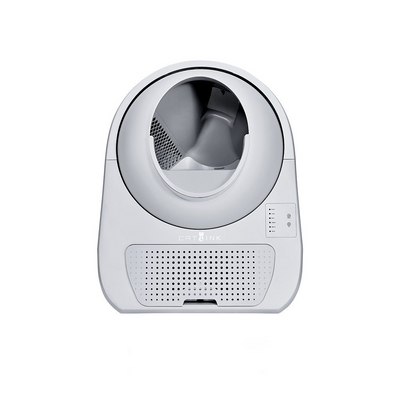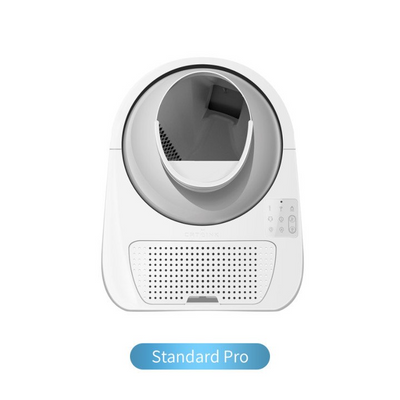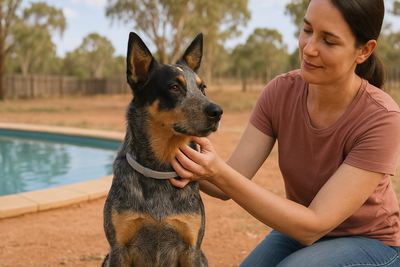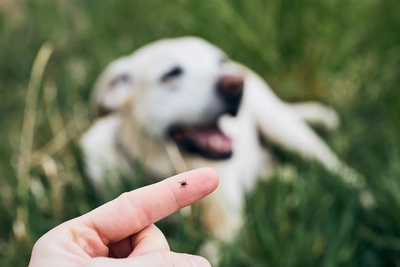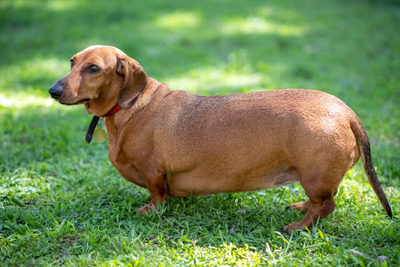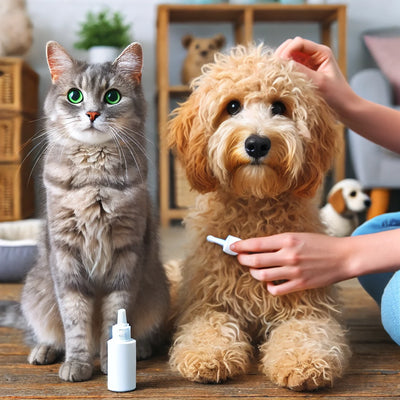For a successful goat farming endeavour, whether raising for milk, meat, or pets, first consider the basics of caring for goats.
It’s a brand new year, but likely, you are still putting the finishing touches on last year’s book keeping. Or just starting to think about it, if you’re like me. Reviewing records is not just about getting the income and expenses straight for the accountant, or budgeting for the year to come. It is also an important time to review the health status of your herd over the last year, and make sure that you are ready to implement any necessary changes to your management program.
The first step to any herd management program is to fix your goals. Are you raising goats for milk, for meat, for show, for fibre, for weed control, for fun? Whatever the nature of your goat herd, likely there are qualities you would like to improve, or inefficiencies you would like to remove. Maybe your goal is to increase your milk yield, or have higher kid weaning weights, or add more animals to the herd, or maybe you had a rough year with disease last year, and this year your goal is to improve animal health. Whatever it is, the first step is to write it down. Having clear management goals will shape your herd health program.
When building a herd health program from the ground up, beginning with the basics of caring for goats is best. One needs to consider the basics of the environment for the herd, their nutrition program, hoof care, and fibre care. If managing breeding goats, it is also necessary to consider your breeding and kidding schedules, and all the care that goes with breeding and kidding.
Goats can be managed healthily and happily in a variety of environments, from rangelands to barns. Due to their active and independent natures, goats, particularly when managed in close quarters, require the need to express normal behaviours, such as climbing. Adding enrichment to a pen can increase animal welfare exponentially. Accounting for changes in weather, and how you will manage wet or snowy conditions is also necessary. Barns need to be cleaned and disinfected on a regular schedule. Kids are at higher risks of infections, so planning your cleaning prior to or during kidding is always wise. If you are just starting your goat herd, you also need to plan your facilities for goat restraint. If all of your goats are not halter broke, you will need small pens and lanes to contain them for routine care or medical procedures involved in caring for goats.
Perhaps the most important part about your management plan, to the goat especially, is nutrition. Depending on your herd goals and geographical location, goat nutrition plans can vary. To maintain a healthy goat herd, your nutrition plan needs to provide adequate energy, as well as meeting all of their protein, vitamin, and mineral requirements. For example, young growing animals require higher protein, as their bones and muscles are growing. Whatever your feeding goals, providing a quality source of roughage is imperative for the health of the rumen. It is also recommended to provide free-choice minerals to ensure a balanced ration. If you are just starting to develop a nutrition plan for your goats, or are trying to fine-tune your program, speaking with your herd veterinarian is a great way to avoid any dietary mishaps.
When building a herd health program from the ground up, beginning with the basics of caring for goats is best. One needs to consider the basics of the environment for the herd, their nutrition program, hoof care, and fibre care.
Your plan for your goat management also needs to account for hoof care, and removal of fibre, if necessary. Goats on the range will require less frequent hoof maintenance, while goats in confinement can require hoof trimming every six to 12 months to maintain good health. If raising goats that require shearing, it needs to be timed appropriately. Shearing goats late in pregnancy can increase the risk of serious conditions such as pregnancy ketosis, while shearing in bad weather can increase the risk of pneumonia, especially if there is no shelter available.
Raising breeding does requires further planning to ensure your herd meets your goals while maintaining their health. Bucks need to be chosen carefully to ensure that kids meet your herd goals. Bucks should be screened for common contagious diseases to prevent transfer into your herd. Does and bucks need to be kept at an appropriate body condition for breeding. Breeding must be scheduled appropriately to ensure a good breed-up and an appropriately timed kidding. A well-planned kidding can prevent many disasters. With kidding comes the need for castration of male kids. It is best to be decided in advance what method you are going to use, surgical castration or banding, and at what age you are going to perform these procedures. Without a plan in place, this procedure can be left until it is much more difficult. If you are raising horned goats, dehorning must also be considered. Some 4-H shows do not allow horned animals and some animals are preferred to be without horns. Disbudding goats around seven days of age is much better for animal health and welfare than the removal of large horns when animals are older. Having an established plan for all of your kids ensures that procedures are performed in a timely and successful manner.
Having a health plan for new kids is an important part of caring for goats.
Preventative medical care is also an essential part of a herd health plan and caring for goats. Vaccination and deworming protocols can greatly improve the health and productivity of your herd. The vaccination recommended for all goats is for clostridial disease, Clostridium perfringens types C and D and Clostridium tetani, or CD and T vaccination. Goat kids are recommended to have two CD and T vaccinations, roughly two to three weeks apart. The first of these vaccinations should be given prior to castration or banding. Adult goats should be vaccinated with CD and T yearly. Depending upon your herd risk, there may be other vaccinations recommended by your veterinarian, such as sore mouth or chlamydia vaccinations. A parasite management plan is also essential for goat health. As parasite resistance to deworming medication increases, careful management is necessary to prevent having animals with heavy parasite burdens. Rather than deworming every animal yearly for internal parasites, it is recommended to use fecal egg counts or FAMACHA scoring to identify animals with heavy worm burdens for deworming. Working closely with your herd veterinarian can help you to develop the right protocol for your animals. In addition to internal parasites, it is also necessary to manage external parasites, such as mites and lice. These can be managed with both topical and injectable medication. Having a plan in place with your herd veterinarian ensures that you are able to obtain the medications necessary to treat your animals in a timely fashion.
